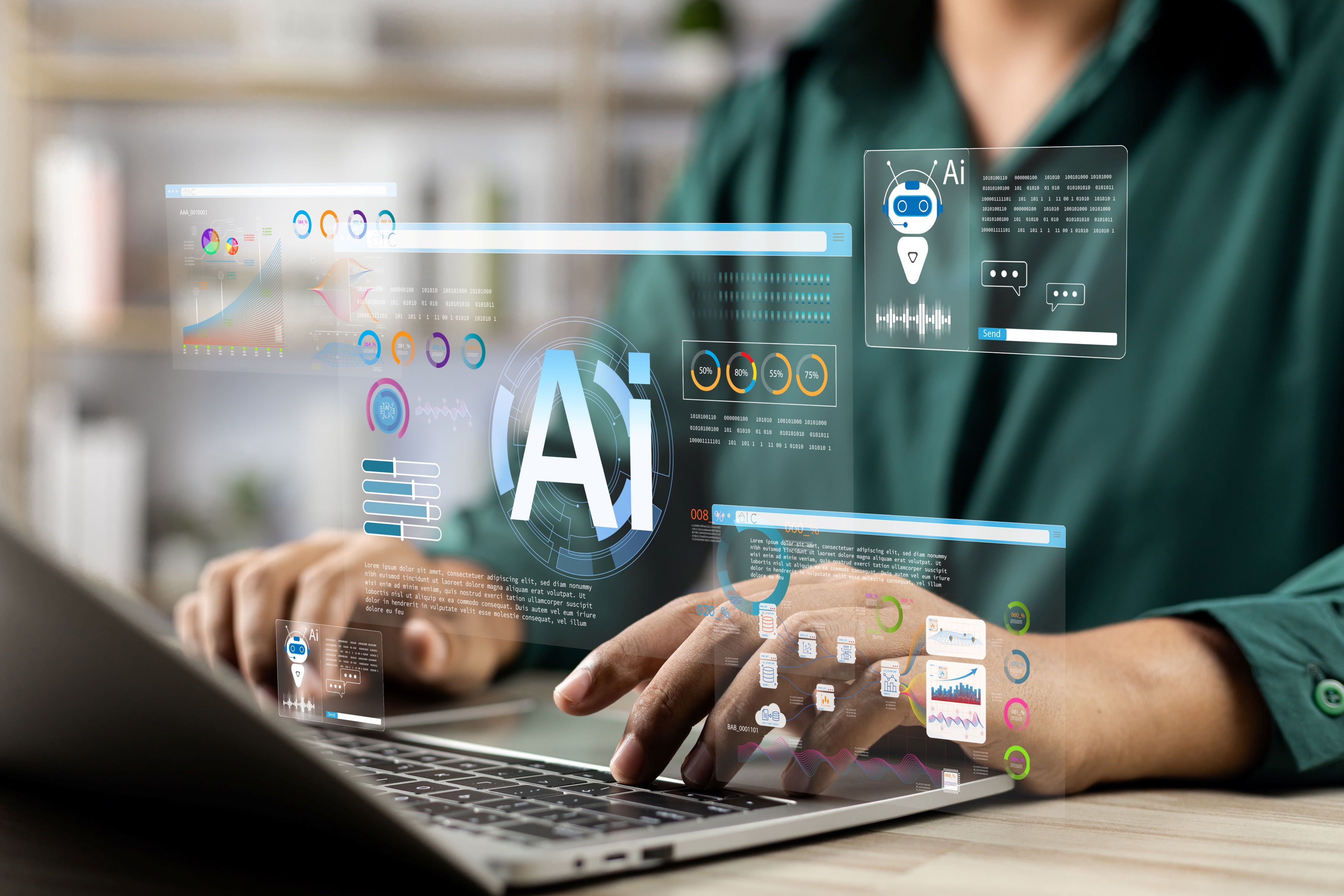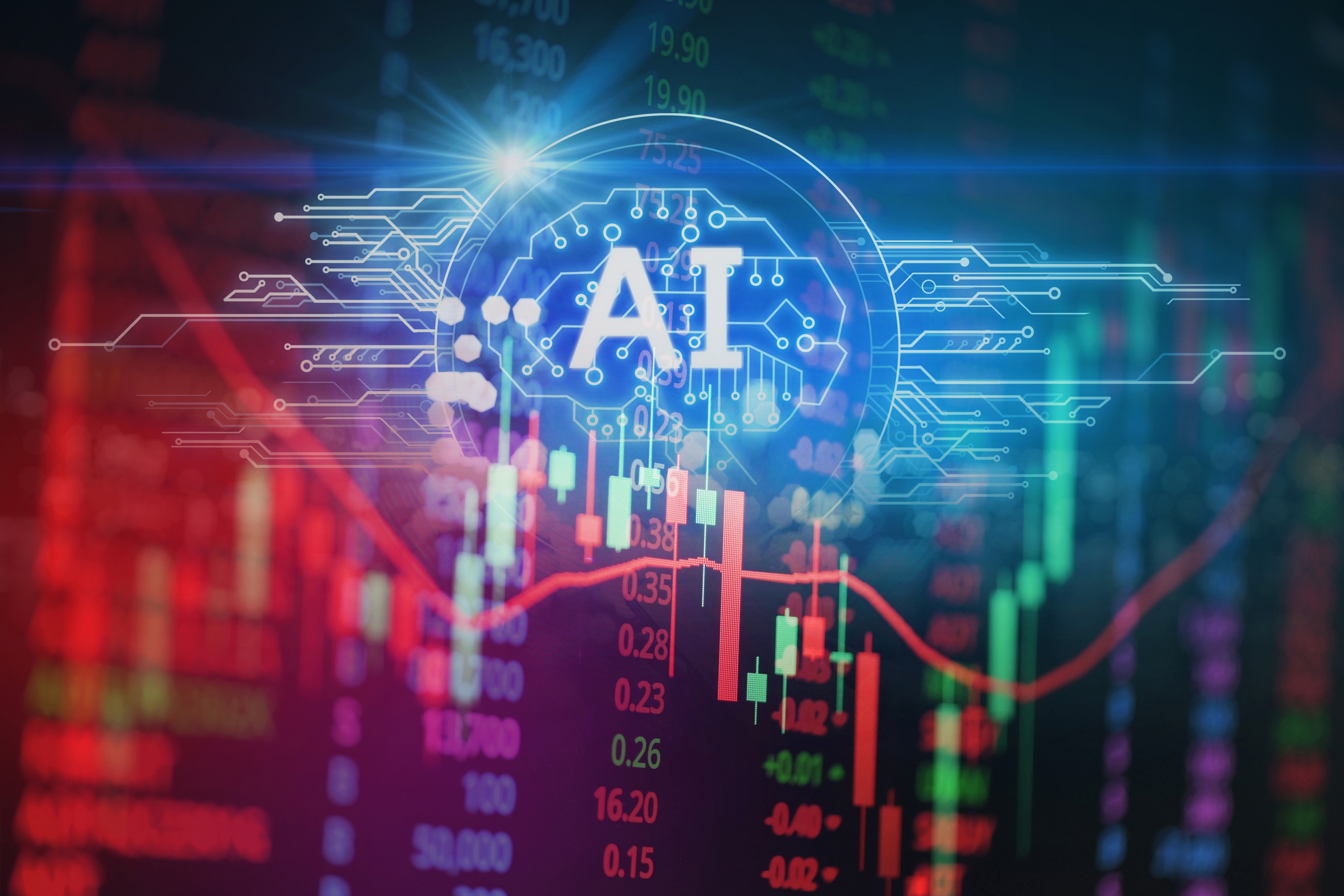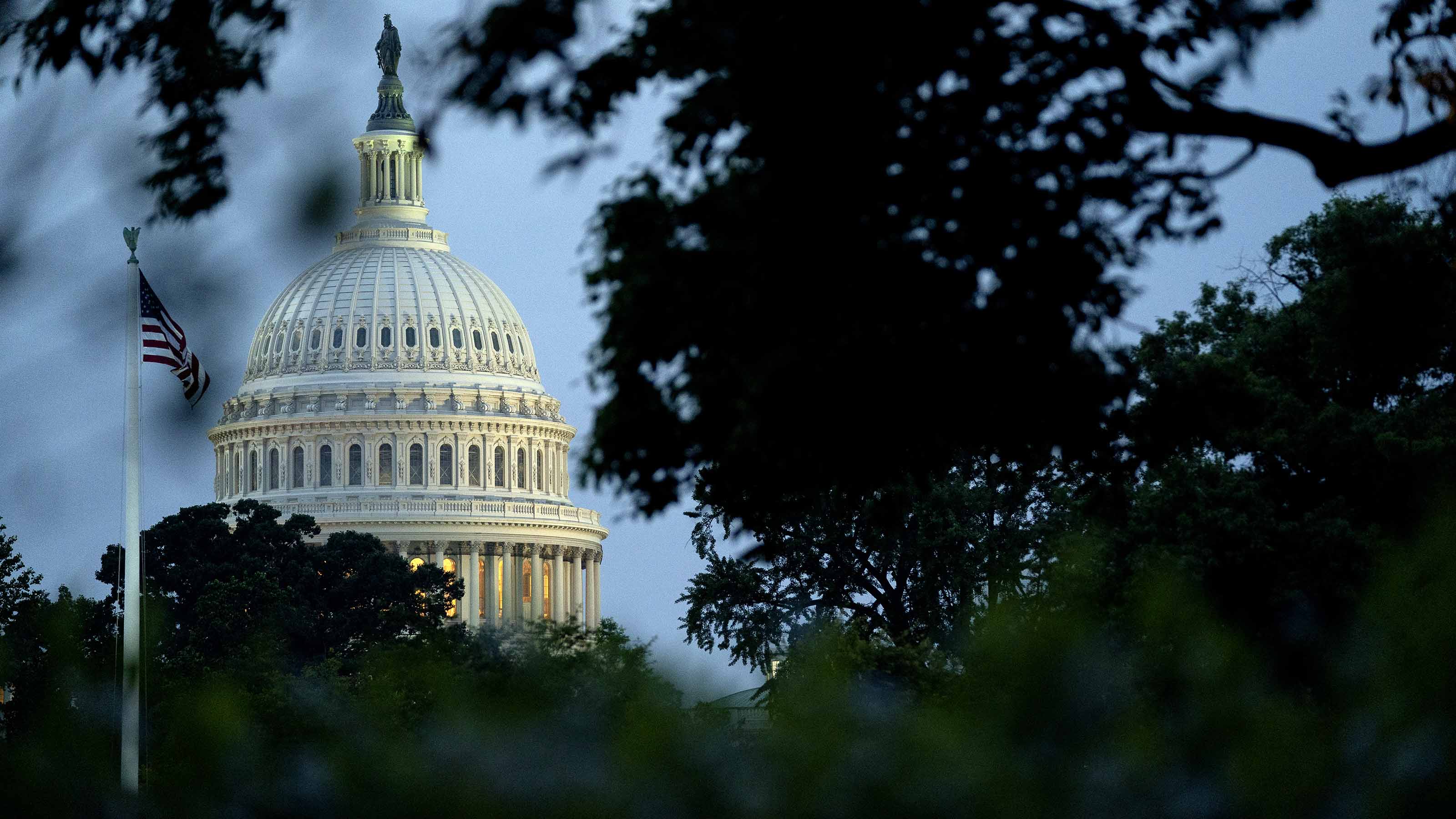EPA Set to Issue Tough Air Pollution Rules
Power plants and factories will both face higher costs.
The Environmental Protection Agency will roll out two strict air pollution rules in the coming months, encompassing factories as well as utilities. The first, a Clean Air Interstate Rule, will impose tighter caps on emissions of nitrogen oxide and sulfur dioxide. The latter, a Clean Air Mercury Rule, will require plants to install cutting-edge pollution control technology. Both replace regulations set by President Bush’s EPA and subsequently overturned by court rulings.
EPA will likely propose the interstate rule in the spring and finalize it by year-end. This regulation will apply tighter, nationwide caps on emissions of nitrogen oxide and sulfur dioxide from all stationary sources, rather than focusing on power plants in the eastern U.S., as in the previous version. In addition, the caps will apply year-round rather than only during the peak smog period of May through September.
Last month, the Obama administration proposed a new smog standard that would lower the maximum concentration of ground-level ozone in an eight-hour period to between 60 and 70 parts per billion, down from the 75 ppb set by the Bush administration. Public health experts anticipate that a stricter smog standard would save thousands of lives per year that would otherwise be lost to heart or lung disease. But states and municipalities will find it difficult, if not impossible, to comply while plants emit nitrous oxide -- a major component of smog -- at current levels.
From just $107.88 $24.99 for Kiplinger Personal Finance
Become a smarter, better informed investor. Subscribe from just $107.88 $24.99, plus get up to 4 Special Issues

Sign up for Kiplinger’s Free Newsletters
Profit and prosper with the best of expert advice on investing, taxes, retirement, personal finance and more - straight to your e-mail.
Profit and prosper with the best of expert advice - straight to your e-mail.
“If ever we needed a strong interstate standard from EPA, it’s now,” says S. William Becker, executive director of the National Association of Clean Air Agencies, an organization representing air pollution control agencies in 53 states and territories and more than 165 metropolitan areas. Becker anticipates that the new interstate rule will give states and localities the additional help they need to meet the new ambient air quality levels.
Utilities and refiners counter that the plan will not only raise their costs -- and with them, the prices of electricity and gasoline -- but that it is not likely to work. They claim that they are already doing everything they can to hold down emissions, and upward of 300 counties still can’t meet even the Bush smog standard. States and localities will have to clamp down on dry cleaners, bakers, auto body repair shops and other small businesses in order to make further reductions.
Jeffrey R. Holmstead, who served as EPA assistant administrator for air and radiation under President Bush, says that Southern California has done more than any other region of the country to clean up its air since the 1950s. As a result, most heavy manufacturing has left the area. Ground-level ozone has declined to roughly 120 ppb. He says it may drop as low as 105 ppb as newer diesel engines replace older ones, but it will be difficult to do more. The same holds for much of the Eastern seaboard. “There is no way in our lifetime they can come into compliance,” says Holmstead, “and yet under the Clean Air Act, they will be under a legal obligation.”
Complicating matters further, the Obama administration is struggling to develop an emissions trading program that will allow sources unable to comply to buy credits from sources in other states that have cut their emissions beyond what’s required. The U.S. Court of Appeals for the D.C. Circuit struck down the Bush interstate rule’s cap and trade mechanism as a violation of the Clean Air Act, but cutting air pollution without such emissions trading would be much costlier.
The new Clean Air Mercury Rule -- which the EPA will propose by March 2011 and finalize that November -- will carry its own costs. Coal-fired power plants will have to install cutting-edge scrubbers and other pollution control technology to get rid of mercury emissions, which can cause neurological damage and birth defects. As a side benefit, the mandated pollution controls would also reduce emissions of arsenic, lead, hydrogen chloride and other toxic substances. Power companies in Illinois, Massachusetts and New York are already using such technology and have reduced their mercury emissions more than 90%. Odds are, though, that because of the high costs, utilities will shutter many of their smaller or older coal-fired plants rather than upgrade them.
Depending on how the EPA defines electric generating units, the mercury rule may catch factories along with power plants. Some industrial facilities utilize a process known as cogeneration. The process takes any thermal energy generated by the manufacturing process that might otherwise be wasted and recycles it, either as heat or electrical power. There’s a good chance that EPA will apply the regulation to industrial boilers as well as electric power generators. If it does, there won’t be a single sector of manufacturing left untouched.
For weekly updates on topics to improve your business decisionmaking, click here.
Profit and prosper with the best of Kiplinger's advice on investing, taxes, retirement, personal finance and much more. Delivered daily. Enter your email in the box and click Sign Me Up.
-
 The Stoic Retirement: Ancient Wisdom for Today's Reality
The Stoic Retirement: Ancient Wisdom for Today's RealityA "Stoic retirement" doesn't mean depriving yourself. It's a character-based approach to life and aging that can bring calm and clarity.
-
 My Teen Crashed His Car and Now Our Insurance Has Tripled. What Now?
My Teen Crashed His Car and Now Our Insurance Has Tripled. What Now?Dealing with the costly aftermath of a teen car accident is stressful. Here are your options for navigating it.
-
 11 Outrageous Ways To Spend Money in Retirement
11 Outrageous Ways To Spend Money in RetirementWhether you have excess cash to spend or want to pretend, here’s a look at 11 ridiculous ways retirees can splurge.
-
 AI Appliances Aren’t Exciting Buyers…Yet
AI Appliances Aren’t Exciting Buyers…YetThe Kiplinger Letter Artificial intelligence is being embedded into all sorts of appliances. Now sellers need to get customers to care about AI-powered laundry.
-
 What to Expect from the Global Economy in 2026
What to Expect from the Global Economy in 2026The Kiplinger Letter Economic growth across the globe will be highly uneven, with some major economies accelerating while others hit the brakes.
-
 The AI Boom Will Lift IT Spending Next Year
The AI Boom Will Lift IT Spending Next YearThe Kiplinger Letter 2026 will be one of strongest years for the IT industry since the PC boom and early days of the Web in the mid-1990s.
-
 Amid Mounting Uncertainty: Five Forecasts About AI
Amid Mounting Uncertainty: Five Forecasts About AIThe Kiplinger Letter With the risk of overspending on AI data centers hotly debated, here are some forecasts about AI that we can make with some confidence.
-
 Worried About an AI Bubble? Here’s What You Need to Know
Worried About an AI Bubble? Here’s What You Need to KnowThe Kiplinger Letter Though AI is a transformative technology, it’s worth paying attention to the rising economic and financial risks. Here’s some guidance to navigate AI’s future.
-
 Will AI Videos Disrupt Social Media?
Will AI Videos Disrupt Social Media?The Kiplinger Letter With the introduction of OpenAI’s new AI social media app, Sora, the internet is about to be flooded with startling AI-generated videos.
-
 What Services Are Open During the Government Shutdown?
What Services Are Open During the Government Shutdown?The Kiplinger Letter As the shutdown drags on, many basic federal services will increasingly be affected.
-
 The Economy on a Knife's Edge
The Economy on a Knife's EdgeThe Letter GDP is growing, but employers have all but stopped hiring as they watch how the trade war plays out.